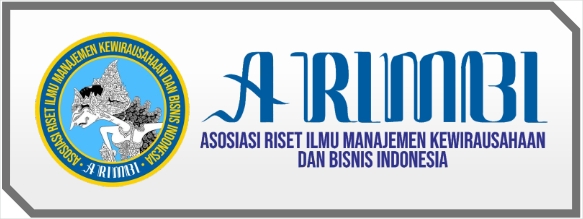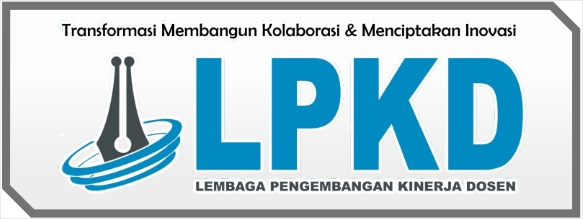Exploring The Dynamics : Analysis Of Income Tax Incentives, Earnings Management, Tax Avoidance, And Financial Distress Dynamics
DOI:
https://doi.org/10.55606/ijemr.v1i3.194Keywords:
Tax Incentives, Earnings Management, Financial Distress DynamicsAbstract
This study delves into the interconnected dynamics of income tax incentives, earnings management, tax avoidance, and financial distress. The research aims to elucidate the relationships among these factors within the context of corporate finance. Employing a qualitative research design, the study utilizes purposive sampling to select participants with diverse experiences and perspectives in the realm of taxation and financial management. Data analysis entails thematic coding and pattern recognition to derive meaningful insights from interviews, documents, and archival records. The findings shed light on the nuanced strategies employed by firms to navigate the complexities of tax regulations, manage earnings, and mitigate financial distress. Moreover, the study highlights the implications of these practices for corporate governance and regulatory frameworks, offering valuable contributions to both academic literature and practical business management.
References
Amelia, Y., & Waruwu, K. L. (2022). The Influence of Profitability , Leverage , and Deferred Tax Expenses on Tax Avoidance ( Empirical Study of LQ45 Companies Listed in IDX). Jurnal Administrare: Jurnal Pemikiran Ilmiah Dan Pendidikan Administrasi, 9(2), 785–794.
B Benardi; Milga. (2022). Analisis Pengaruh Activity ratio, Firm growth, Firm growth Terhadap Financial distress. Jurnal Ekonomika, Vol 6 No 2 (2022): JURNAL EKONOMIKA-AGUSTUS, 371–385. https://journal.lldikti9.id/Ekonomika/article/view/777/574
Braun, V., & Clarke, V. (2006). Using thematic analysis in psychology. Qualitative Research in Psychology, 3(2), 77–101.
Charmaz, K. (2006). Constructing grounded theory: A practical guide through qualitative analysis. Sage.
Dechow, P. M., Sloan, R. G., & Sweeney, A. P. (1996). Causes and consequences of earnings manipulation: An analysis of firms subject to enforcement actions by the SEC. Contemporary Accounting Research, 13(1), 1-36.
Desai, M. A., & Dharmapala, D. (2009). Corporate tax avoidance and firm value. Review of Economics and Statistics, 91(3), 537-546.
Desai, M. A., Dyck, A., & Zingales, L. (2004). Theft and taxes. Journal of Financial Economics, 74(3), 365-396.
Dyreng, S. D., Hanlon, M., & Maydew, E. L. (2017). The effects of executives on corporate tax avoidance. The Accounting Review, 92(2), 27-50.
Frankel, R., Johnson, M. F., & Nelson, K. K. (2002). The relation between auditors' fees for nonaudit services and earnings management. The Accounting Review, 77(4), 71-105.
Graham, J. R. (1999). Do personal taxes affect corporate financing decisions? Journal of Public Economics, 73(2), 147-185.
Guest, G., Bunce, A., & Johnson, L. (2006). How many interviews are enough? An experiment with data saturation and variability. Field Methods, 18(1), 59–82.
Hanlon, M., & Heitzman, S. (2010). A review of tax research. Journal of Accounting and Economics, 50(2-3), 127–178.
Hanlon, M., & Slemrod, J. (2009). What does tax aggressiveness signal? Evidence from stock price reactions to news about tax shelter involvement. Journal of Public Economics, 93(1-2), 126–141.
Jensen, M. C., & Meckling, W. H. (1976). Theory of the firm: Managerial behavior, agency costs and ownership structure. Journal of Financial Economics, 3(4), 305-360.
Kumandang, C., & Hendriyeni, N. S. (2021). Corporate Social Responsibility, Corporate Governance dan Manajemen Laba pada Perusahaan Manufaktur di Indonesia Tahun 2015-2019. Journal of Management and Business Review, 18(2), 193–208. https://doi.org/10.34149/jmbr.v18i2.273
Myers, S. C., & Majluf, N. S. (1984). Corporate financing and investment decisions when firms have information that investors do not have. Journal of Financial Economics, 13(2), 187–221.
Patton, M. Q. (2002). Qualitative research & evaluation methods (3rd ed.). Sage Publications.
Rizal, Muhammad & Gulo, F. (2022). Analisis Pengaruh Insentif Pajak PPh 21, Tingkat Pendapatan Dan Sanksi Pajak Terhadap Kepatuhan Wajib Pajak Orang Pribadi. Jurnal Ekonomika, 6(2), 424–439. http://journal.lldikti9.id/Ekonomika
Ross, S. A. (1977). The determination of financial structure: The incentive-signaling approach. The Bell Journal of Economics, 8(1), 23–40.
Yin, R. K. (2018). Case study research and applications: Design and methods. Sage.
Downloads
Published
How to Cite
Issue
Section
License
Copyright (c) 2022 International Journal of Economics and Management Research

This work is licensed under a Creative Commons Attribution-ShareAlike 4.0 International License.













